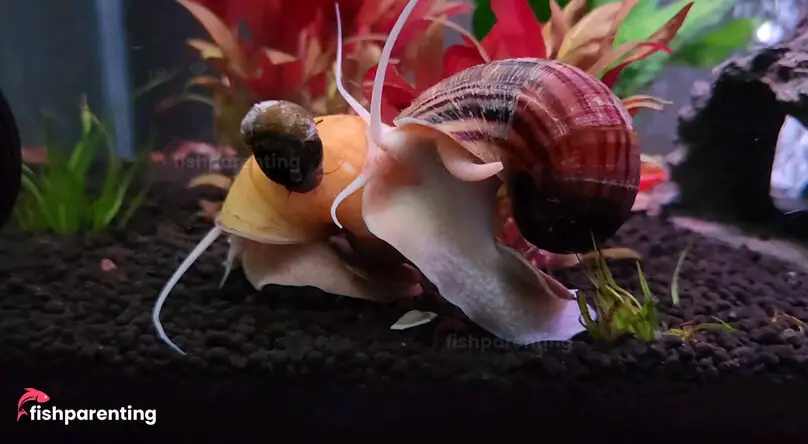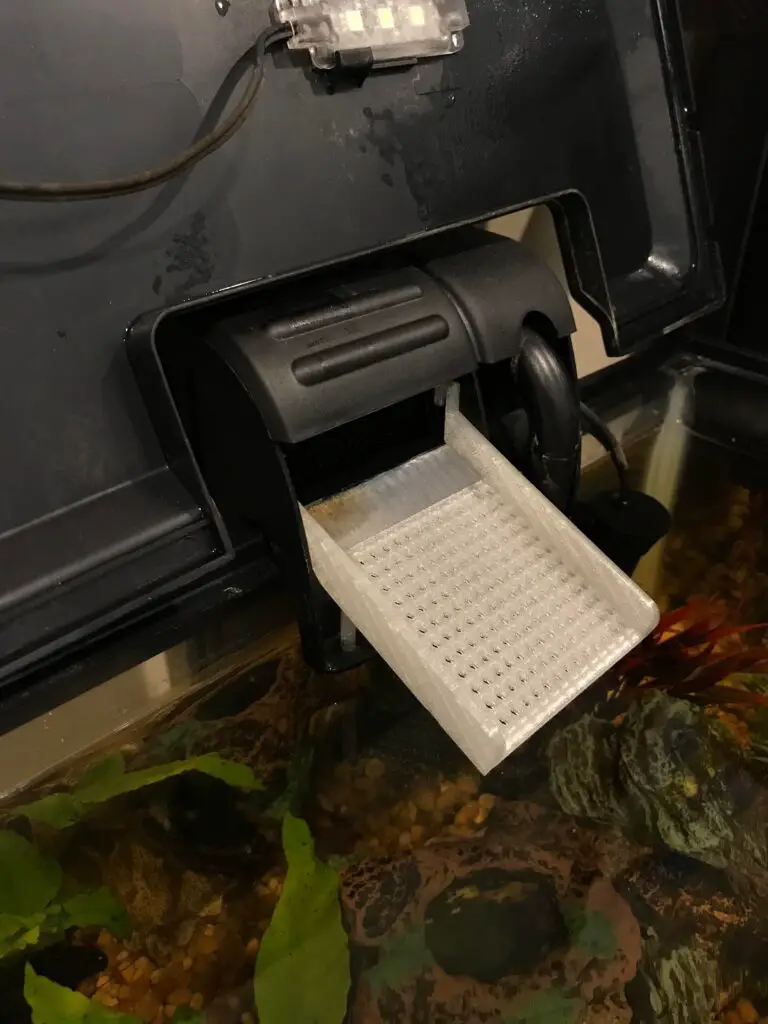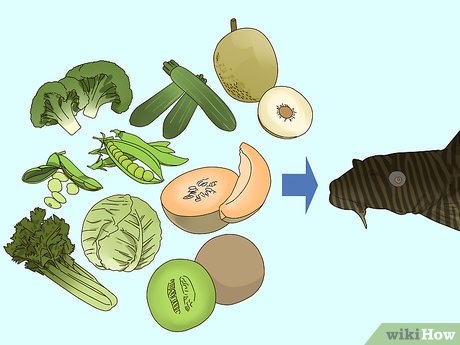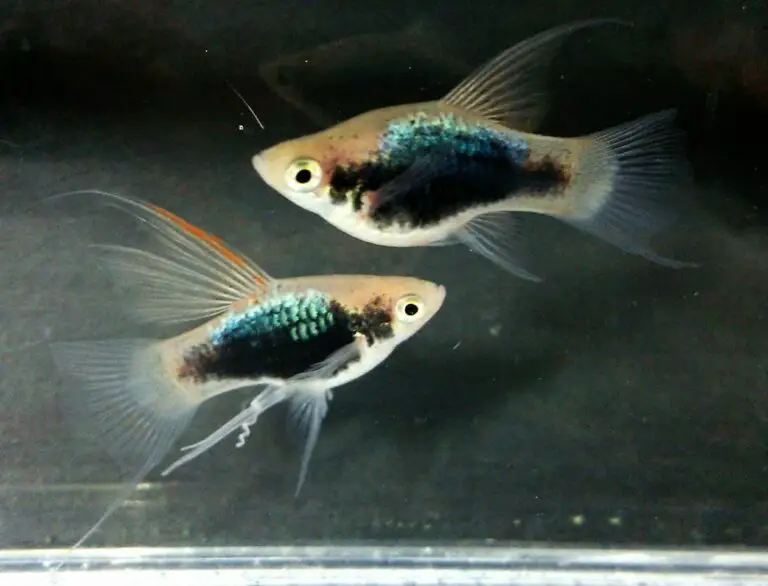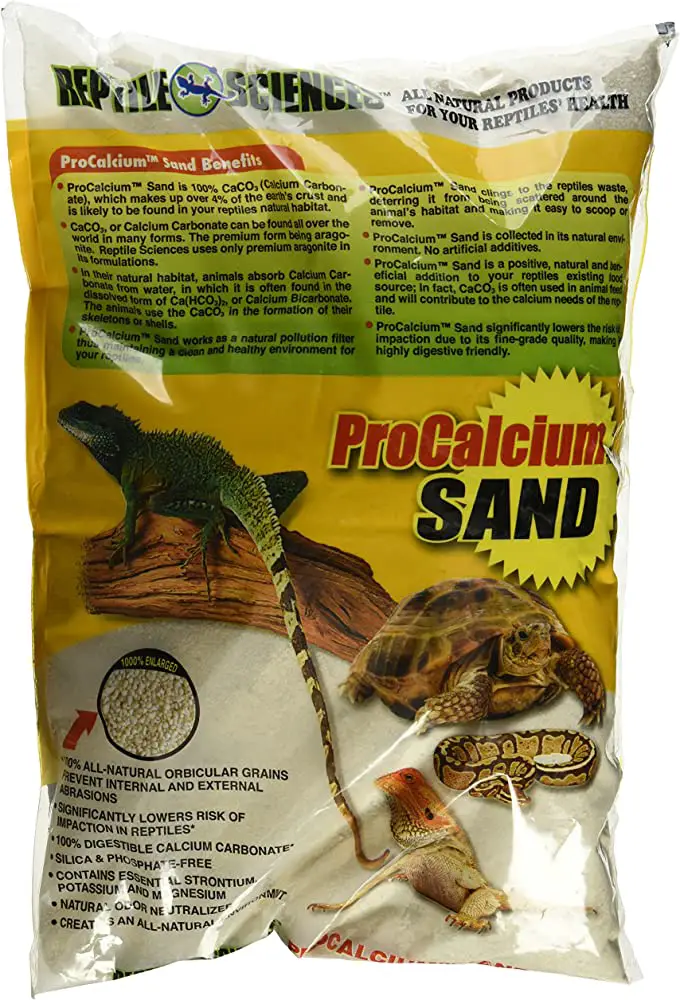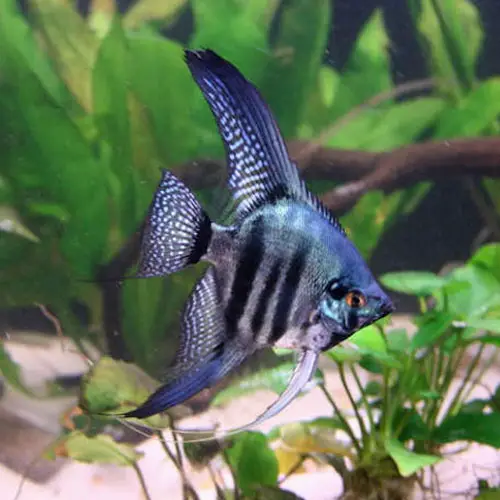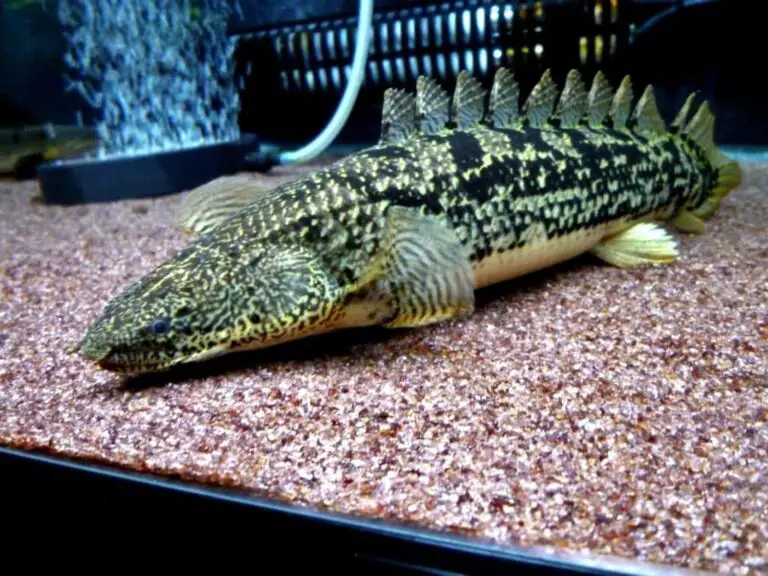What Do Turbo Snails Eat?: A Complete Guide to Their Diet
Turbo snails primarily eat algae and other organic matter found on rocks and aquarium glass. These snails are crucial for maintaining a healthy aquarium as they help control algae growth.
Turbo snails, also known as turbo grazer snails, are popular choices for reef aquariums due to their ability to consume excessive algae. Proper nutrition is essential for turbo snails to thrive in a captive environment. While they mainly rely on algae, it’s recommended to supplement their diet with high-quality, commercially available snail food that contains essential nutrients.
Additionally, maintaining a clean and well-balanced aquarium with appropriate lighting and water parameters is crucial for the overall health and wellbeing of turbo snails. By providing them with a suitable environment and a varied diet, turbo snails can effectively contribute to the maintenance of a beautiful and thriving aquarium ecosystem.

Credit: aquariumbreeder.com
Natural Feeding Habits Of Turbo Snails
What Do Turbo Snails Eat?
Turbo snails, also known as turbo grazer snails or turbo snail cleaners, are popular in saltwater aquariums for their ability to keep algae growth in check. These small, hardy creatures play an important role in maintaining a healthy aquatic environment.
In this section, we will explore the natural feeding habits of turbo snails and the significance of algae in their diet.
Algivorous Nature
- Turbo snails are primarily algivores, meaning they feed on various types of algae found in their environment. Algae serve as their main source of nutrition, providing them with essential vitamins and minerals.
- They have a voracious appetite for diatoms, filamentous algae, green hair algae, and even cyanobacteria. Their ability to consume such a wide range of algae makes them valuable additions to aquariums plagued by algae overgrowth.
- These snails possess a rasping mouthpart called a radula, which they use to scrape and graze on surfaces, actively searching for algae to munch on.
Grazing Behavior
- Turbo snails are diligent grazers, constantly on the move in search of algae. Their grazing behavior plays a crucial role in keeping algae populations under control and preventing overgrowth.
- With their muscular foot and strong adhesive capabilities, these snails are able to attach themselves to substrate, rocks, and glass surfaces. From there, they tirelessly graze on algae, leaving behind clean surfaces in their wake.
- Their constant movement and grazing help in the oxygenation and circulation of water, contributing to a healthier and more balanced aquatic ecosystem.
Importance Of Algae In Their Diet
- Algae are an integral part of the turbo snail’s diet, providing them with vital nutrients, including carbohydrates, proteins, and fats. Consuming algae allows these snails to maintain proper growth and overall well-being.
- Additionally, algae serve as a rich source of chlorophyll, which aids in photosynthesis. The presence of chlorophyll not only benefits the snails but also contributes to the overall oxygen production within the aquarium.
- The natural feeding habits of turbo snails benefit the aquarium ecosystem by reducing excessive nutrient levels and promoting a cleaner and more aesthetically pleasing environment.
Turbo snails exhibit an algivorous nature and display relentless grazing behavior. Their ability to consume various types of algae plays a vital role in maintaining a healthy aquarium environment. By including these efficient cleaners in your saltwater aquarium, you can enjoy the beauty of an algae-free tank while also ensuring the well-being of your aquatic inhabitants.
Factors Affecting Turbo Snails’ Diet
Turbo snails, also known as turbo or astrea snails, are fascinating creatures that can make a great addition to your saltwater aquarium. To ensure their health and well-being, it is essential to understand what they eat and how various factors can affect their diet.
Let’s delve into the factors that play a crucial role in determining the diet of turbo snails.
Tank Conditions (Water Quality, Temperature)
- High water quality is vital for the overall health and appetite of turbo snails. Ensure that ammonia and nitrate levels are kept at minimal levels, as these can be harmful to your snails and lead to a decreased appetite.
- Consistently monitor the temperature of the tank, as turbo snails thrive in a temperature range of 72-78°f (22-25°c). Fluctuations outside of this range can affect their metabolism and appetite negatively.
Availability Of Food Sources
- Turbo snails are herbivores and primarily consume algae. Providing them with a variety of algae types, such as hair algae, green film algae, and diatoms, will help satisfy their dietary needs.
- Adding a sustainable algae source, such as live rocks, will ensure a steady supply of food for your turbo snails. They will constantly graze on the algae, helping to control its growth in your aquarium.
Interactions With Other Tank Inhabitants
- It’s crucial to consider the compatibility of turbo snails with other tank inhabitants, especially if they are herbivorous or aggressive. Consult with a marine biology expert or research the potential interactions between the snails and other species before introducing them to the same tank.
- Avoid overcrowding your tank, as competition for food may arise. Insufficient access to algae or other food sources can result in malnourishment for the turbo snails, impacting their overall health.
By ensuring optimal tank conditions, a sufficient supply of algae, and appropriate tankmates, you can help your turbo snails thrive and maintain a healthy appetite. Remember to maintain the cleanliness and stability of the tank environment, and closely observe the behavior and feeding patterns of your snails for any signs of distress or inadequate nutrition.
With proper care and attention, your turbo snails will play an essential role in maintaining the balance and vitality of your saltwater aquarium.
Algae-Based Diet For Turbo Snails
What Do Turbo Snails Eat?
Turbo snails, also known as turbo grazer snails or turbo snails, are popular additions to marine aquariums due to their algae-eating habits. These voracious eaters play a crucial role in maintaining a healthy tank environment. If you’re considering adding turbo snails to your aquarium, understanding their dietary preferences is essential.
In this section, we will focus on the algae-based diet preferred by turbo snails, with a particular emphasis on the types of algae they consume and the benefits of spirulina as a nutritious food source.
Types Of Algae Preferred By Turbo Snails
Turbo snails have a well-deserved reputation as excellent algae grazers, making them valuable tank cleaners. Here are some of the types of algae that turbo snails prefer:
- Green algae: Turbo snails have a voracious appetite for green algae, including filamentous species like hair algae. They eagerly consume long strands of green algae, helping to keep it in check and preventing excessive growth in your aquarium.
- Diatoms: Diatoms are a type of brown algae that turbo snails willingly consume. These microscopic unicellular organisms form a brown film on various surfaces in the tank. Turbo snails actively feed on diatoms, efficiently removing the unsightly coating from rocks, glass, and decorations.
- Coralline algae: Unlike many other algae-eating species, turbo snails also have a taste for coralline algae. These colorful and beneficial algae species often grow on live rock and provide a natural and attractive covering. Turbo snails help maintain the balance by grazing on coralline algae, keeping it from overgrowing.
Spirulina As A Nutritious Food Source
One of the key factors to consider in maintaining healthy turbo snails is providing them with a varied and nutritious diet. Spirulina, a blue-green algae, has been widely recognized as an excellent food source for turbo snails for several reasons:
- High nutrient content: Spirulina is packed with essential nutrients, including proteins, vitamins, and minerals. When turbo snails consume spirulina, they receive a well-rounded diet that contributes to their overall health and vitality.
- Digestibility: The easily digestible structure of spirulina makes it an ideal food source for turbo snails. Their digestive systems efficiently absorb the nutrients from this algae, ensuring maximum benefits.
- Enhances coloration: Spirulina has been shown to enhance the vibrant colors of turbo snails, adding to their visual appeal in the aquarium. Regular consumption of spirulina can result in more brilliant hues and patterns, making them a striking addition to your tank.
Providing a variety of algae, including green algae, diatoms, and coralline algae, along with nutritious options like spirulina, will help keep your turbo snails healthy and thriving in your marine aquarium. Remember to monitor their diet and adjust accordingly to ensure their dietary needs are met, contributing to a balanced and beautiful underwater ecosystem.
Supplementing With Commercial Foods
Importance Of Balanced Diet
Turbo snails, like any other living creature, require a balanced diet for optimal health and growth. While they primarily feed on algae and detritus found in the aquarium, supplementing their diet with commercial foods is essential to ensure they receive adequate nutrition.
Here are the key points to remember regarding the importance of a balanced diet for turbo snails:
- A balanced diet provides essential nutrients: Commercial foods designed for turbo snails are fortified with vital nutrients such as proteins, vitamins, and minerals. These nutrients are necessary to support their overall well-being.
- Promotes healthy shell growth: Turbo snails require calcium intake to maintain a strong and healthy shell. Commercial foods often contain calcium-rich ingredients to support proper shell formation and prevent any shell-related issues.
- Prevents nutritional deficiencies: Relying solely on natural sources of food may not always provide enough variety or quantity of nutrients that turbo snails need. Introducing commercial foods can help prevent nutritional deficiencies that may lead to health problems.
Suitable Commercial Foods For Turbo Snails
When it comes to selecting commercial foods for turbo snails, it’s important to choose options that meet their dietary requirements and mimic their natural diet as closely as possible. Here are some suitable choices to consider:
- Algae-based pellets: These pellets are specifically formulated to mimic the algae that turbo snails naturally consume. Look for nutrient-rich options that contain a variety of algae species to provide a diverse diet.
- Vegetable-based flakes or pellets: Turbo snails also enjoy consuming vegetables like spinach, seaweed, or kale in their natural habitat. Opt for commercial foods that contain these ingredients to add variety and nutrition to their diet.
- Calcium-rich options: Turbo snails require calcium for shell growth and maintenance. Look for commercial foods that have added calcium, such as those containing crushed oyster shell or coral fragments.
Tips For Choosing High-Quality Options
When selecting commercial foods for your turbo snails, it’s essential to opt for high-quality options that meet their nutritional needs. Here are some tips to consider:
- Read the ingredients: Take the time to review the ingredient list on the packaging. Look for foods that list whole-food ingredients rather than fillers or artificial additives.
- Check for reputable brands: Choose foods from well-known brands or those recommended by experienced hobbyists or aquarium professionals. This ensures that you are purchasing products that have been tested and trusted.
- Variety is key: Turbo snails, like most organisms, benefit from a varied diet. Aim to provide a range of commercial foods to ensure they receive a wide spectrum of nutrients.
Remember, while commercial foods are an excellent supplement for turbo snails, they should not replace their natural diet entirely. Offering a combination of commercial foods along with live or frozen foods will help create a diverse and balanced diet, promoting the overall health and vitality of your turbo snails.
DIY Options For Turbo Snails’ Diet
Turbo snails, also known as turbo grazer snails, are popular additions to marine aquariums. These voracious eaters play a vital role in controlling algae growth and keeping the tank clean. While many aquarists rely on commercial food options, there are several diy alternatives that can help supplement the diet of these fascinating creatures.
In this section, we will explore some homemade options to keep your turbo snails happy and healthy.
Preparing Homemade Algae Wafers
Algae wafers can be a nutritious and convenient option for turbo snails. Here’s how you can make them at home:
- Mix a cup of blanched vegetables (such as spinach, kale, or lettuce) with a quarter cup of spirulina powder.
- Add half cup of fish or shrimp meal to the mixture and blend it together until it forms a dough-like consistency.
- Roll the mixture into small, bite-sized wafers and let them air dry for about 24 hours.
- Once dry, these homemade algae wafers can be fed to your turbo snails as a tasty treat.
Blanched Vegetables As A Supplement
Turbo snails have a natural instinct to graze on different types of algae. However, they can also benefit from blanched vegetables as a supplementary food source. Here’s how you can incorporate blanched veggies into their diet:
- Blanch a variety of vegetables, including zucchini, broccoli, kale, and spinach, by briefly dipping them into boiling water.
- Let the vegetables cool down before placing them into the tank.
- Monitor your turbo snails’ feeding habits and adjust the amount of blanched vegetables accordingly.
- Remember to remove any uneaten portions to maintain water quality.
Other Homemade Food Alternatives
While algae and blanched vegetables should make up the majority of a turbo snail’s diet, there are other homemade options you can consider. Here are a few alternatives to try:
- Seaweed sheets: Attach a piece of dried nori or seaweed to a rock or suction cup in the tank. Turbo snails can graze on these sheets at their own pace.
- Fresh produce: Offer small pieces of cucumber, squash, or potato as occasional treats. Ensure that the vegetables are thoroughly washed and free of any pesticides.
- Gel-based food: Create a gel-based mixture by combining gelatin, fish or shrimp meal, and pureed vegetables. Allow it to set and cut it into small cubes for easy feeding.
Remember, a balanced diet is essential for the wellbeing of your turbo snails. Incorporating homemade options into their feeding routine can provide them with essential nutrients while ensuring their natural grazing instincts are satisfied. Experiment with different food options and observe how your turbo snails respond to find the best combination for their dietary needs.
Frequency And Quantity
Turbo snails are fascinating creatures that play an essential role in maintaining a healthy aquarium ecosystem. As an aquarist, it’s crucial to understand what turbo snails eat to ensure their optimal health and well-being. In this section, we’ll delve into the frequency and quantity of feeding these delightful marine creatures.
Ideal Feeding Schedule For Turbo Snails:
Turbo snails have a slow and deliberate feeding behavior, which requires a specific feeding schedule to meet their dietary needs effectively. Here are the key points to keep in mind:
- Feed turbo snails 2 to 3 times per week: Turbo snails are grazers and constantly forage for algae and detritus in your aquarium. However, it’s essential not to overfeed them. Feeding them 2 to 3 times per week ensures they receive an adequate amount of nutrients without causing excessive waste accumulation.
- Observe their feeding habits: Take the time to observe your turbo snails during feeding. They will eagerly devour algae growth on rocks, glass, and substrate. If you notice that there is still a substantial amount of algae or detritus left over after each feeding, it may be an indication that you need to adjust the feeding frequency.
- Vary the type of food: Provide a diverse diet to meet their nutritional requirements. In addition to the algae present in your aquarium, you can supplement their diet with specialized snail food or blanched vegetables like spinach, lettuce, or zucchini. Ensuring a varied diet enhances their overall health and promotes coloration.
- Feed at night: Turbo snails are primarily nocturnal creatures. To enhance their feeding behavior, it’s recommended to provide food during the evening hours. The dark environment stimulates their natural foraging instincts, promoting a more active feeding response.
Avoiding Overfeeding:
Overfeeding turbo snails can lead to various issues within your aquarium. Here are some essential points to consider:
- Excessive waste accumulation: Overfeeding turbo snails results in an excess of uneaten food, which leads to waste accumulation in your aquarium. This waste not only deteriorates the water quality but also creates an ideal environment for the growth of harmful bacteria.
- Algae imbalance: While turbo snails are primarily algae eaters, overfeeding them can disrupt the balance of algae growth in your aquarium. Excessive nutrients from uneaten food can trigger unwanted algae blooms, causing an unsightly appearance and potentially harming other aquatic life.
- Stress on snails: Overfeeding can cause stress on turbo snails. When provided with an abundance of food, they may become lethargic, lose their natural foraging instincts, and exhibit reduced activity levels. This can negatively impact their overall health and well-being.
- Monitor and adjust: Regularly monitor your turbo snails’ feeding habits and adjust the quantity of food accordingly. Remember, it’s better to slightly underfeed them than to overfeed. Being observant ensures a balanced and healthy diet for your snails, contributing to the overall sustainability of your aquarium.
Remember, maintaining a proper feeding schedule and avoiding overfeeding turbo snails are essential for their well-being. By providing a varied diet and closely monitoring their feeding habits, you can help ensure a healthy and balanced aquarium environment for both your turbo snails and other aquatic inhabitants.
Feeding Techniques
Proper Placement Of Food In The Tank
- Place the food in different areas of the tank to ensure all turbo snails have equal access.
- Scatter the food in small amounts throughout the tank to prevent competition and ensure everyone gets a fair share.
- Consider using a feeding cone or target feeding to control the food distribution and minimize waste.
- Place the food near the entrance of their hiding spots to allow easy access for the timid snails.
- Avoid placing the food too close to filters or strong water currents, as it can be swept away before the snails can reach it.
Observing Feeding Behavior For Cues
- Pay attention to the snails’ feeding behavior to understand their preferences and adjust their diet accordingly.
- Watch for signs of excitement or aggression when certain types of food are introduced. This can help you identify their favorite meals.
- Observe if they actively consume the offered food or if they show disinterest, as it may indicate that the diet needs to be modified.
- Note any uneaten food, as it could be an indication of overfeeding or the snails’ disinterest in that particular type of food.
Remember, effective feeding techniques involve proper placement of food in the tank and observing the snails’ feeding behavior for cues. By following these practices, you can ensure that your turbo snails receive a well-balanced diet and thrive in their environment.
Compatibility With Tank Mates
When it comes to setting up a thriving aquarium, choosing tank mates that are compatible with your turbo snails is essential. Not all fish and invertebrates get along well with snails, so it’s crucial to select the right companions for a harmonious underwater community.
Here are some key points to consider:
- Choosing tank mates that do not compete for food:
- Opt for species that have different feeding habits and preferences than turbo snails. This ensures that there is minimal competition for food resources in the aquarium.
- Consider fish species that primarily eat from the water column, such as small and peaceful community fish like neon tetras or guppies.
- Look for bottom-dwelling species that feed on detritus or algae growing on surfaces other than the glass, rocks, or decorations, as this is where turbo snails usually forage for food.
- Avoid adding species that are known to be voracious eaters and may outcompete turbo snails for available food sources.
- Avoiding aggressive species that may harm turbo snails:
- Keep an eye out for aggressive or territorial fish species that might harm or harass turbo snails.
- Avoid adding aggressive predators that may view turbo snails as a potential food source, such as larger cichlids or pufferfish.
- Be cautious with species that have long trailing fins or bristles, as they might accidentally injure turbo snails while swimming near them.
- Research the behaviors and temperaments of potential tank mates to ensure they won’t pose a threat to the health and well-being of your turbo snails.
Remember, creating a peaceful and compatible community in your aquarium enhances the overall ecosystem and promotes the well-being of all inhabitants. By selecting tank mates that do not compete for food and avoiding aggressive species, you can create a harmonious environment where your turbo snails can thrive alongside other aquatic companions.
Frequently Asked Questions For What Do Turbo Snails Eat
What Do Turbo Snails Eat?
Turbo snails mainly eat algae and other organic matter that grows on rocks and surfaces of the aquarium. They serve as natural cleaners by constantly grazing on the surfaces, promoting a healthier and cleaner habitat for other marine life. It is essential to provide a sufficient amount of algae for their diet, but supplemental feeding of seaweed or algae-based fish food is also recommended to ensure they get enough nutrients.
How Often Should I Feed Turbo Snails?
Turbo snails are grazers and should be provided with a continuous source of food. They should be fed daily by placing small pieces of seaweed or algae-based fish food near their grazing area. However, it is essential to monitor the amount of food to prevent overfeeding, which can lead to problems with water quality.
What Are The Benefits Of Having Turbo Snails In My Aquarium?
Having turbo snails in your aquarium offers various benefits. They play a vital role in the maintenance of a clean and healthy tank environment by consuming excess algae and detritus. Their constant grazing helps prevent algae outbreaks and keeps the water quality under control.
Additionally, turbo snails create a visually appealing and natural aesthetic to the aquarium with their unique appearance and movement.
Can Turbo Snails Reproduce In Aquariums?
Yes, turbo snails have the ability to reproduce in aquariums. They are hermaphroditic, meaning they possess both male and female reproductive organs. The mating process typically involves reciprocal copulation, where both snails fertilize each other’s eggs. After fertilization, the eggs are deposited in small, jelly-like capsules on hard surfaces within the tank.
However, successful reproduction in captivity may require specific water conditions and a suitable amount of food for the snails.
How Do Turbo Snails Clean The Aquarium?
Turbo snails clean the aquarium by constantly grazing on algae and organic matter that accumulate on rocks and surfaces. Their radula, a specialized feeding organ, scrapes and consumes algae, keeping it from spreading and causing water quality issues. Additionally, their movement and constant searching for food disturb the substrate, leading to the removal of detritus and preventing harmful anaerobic bacteria buildup.
Turbo snails are excellent natural cleaners for maintaining a healthy aquarium ecosystem.
Conclusion
Turbo snails have a diverse diet, consisting mainly of algae and various types of organic matter. Their ability to consume nuisance algae makes them highly popular in both freshwater and saltwater aquariums. Whether it’s green hair algae or diatoms, these snails will happily munch on them, helping to keep your tank clean and balanced.
Additionally, turbo snails can be fed with specially formulated snail foods that provide them with the necessary nutrients to thrive. However, it’s important to avoid overfeeding, as this can lead to poor water quality. On the other hand, underfeeding can starve the snail and prevent it from properly maintaining your tank’s algae levels.
By understanding and providing the right balance of natural algae and supplemental feeding, you can ensure that your turbo snails remain healthy and active, contributing to a vibrant and sustainable aquarium ecosystem.
